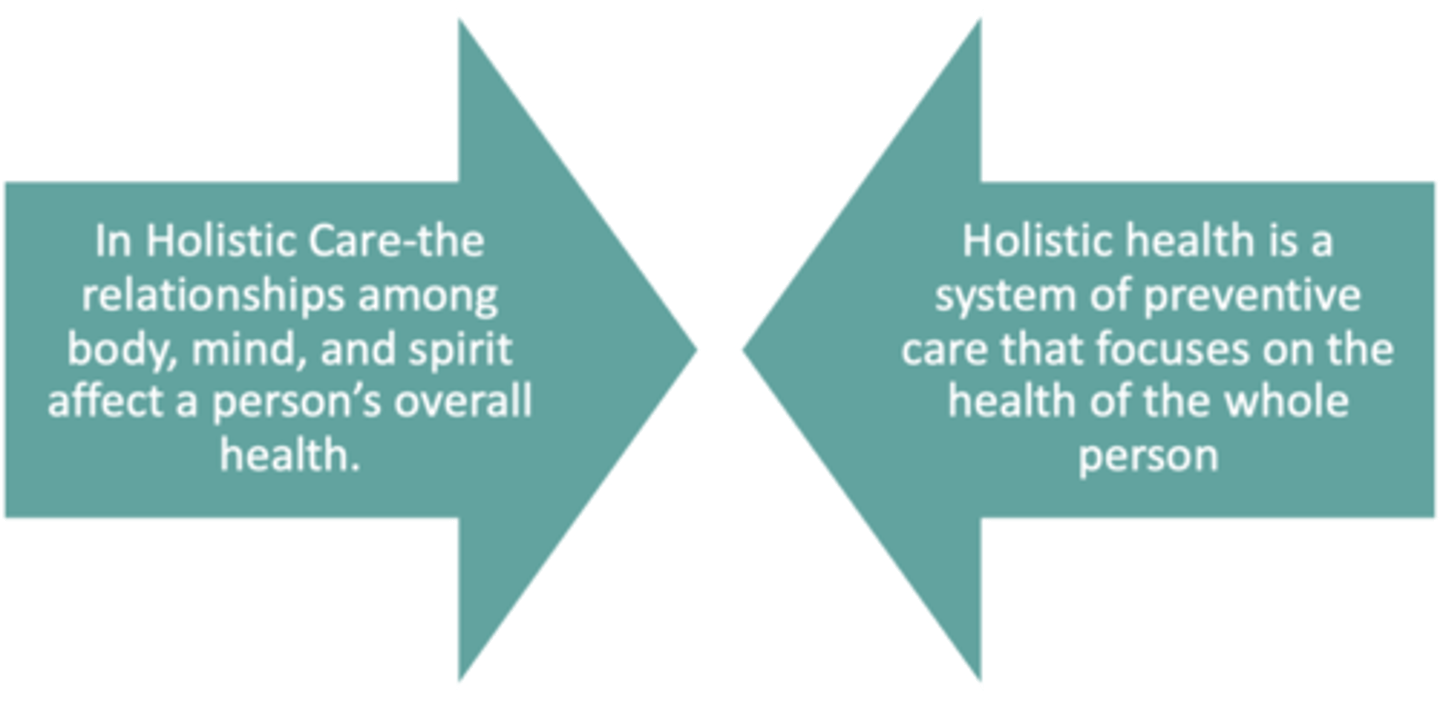Evidence based practice
1/33
There's no tags or description
Looks like no tags are added yet.
Name | Mastery | Learn | Test | Matching | Spaced |
|---|
No study sessions yet.
34 Terms
Explain evidence-based pratice (EBP)
Is the integration of the best available research evidence, clinical expertise, and patient values/preferences to guide health care decisions.
(Explain evidence-based pratice (EBP) PICOT
P= patient population of interest
I= intervention of interest
C= comparison of interest
O= outcome
T= Time
Explain Scientific method
1. make an observation
2. ask questions and gather information
3. Analyze the literature and form a research question or hypothesis
(Scientific method) Quanatative Research
- experimental research
- nonexperimental research
- surveys
(scientific method) Qualitative Research
- inductive reasoning
- grounded theory
- interviews/observations
(Scientific method and nursing process) ADPIE
A: Assessment- observe and ask questions... idenify the area of problem
D: Diagnosis - develop research questions and hypotheses
P: Planning - determine how the study will be conducted
I: Implementation: Conduct the study
E: Evaluation: Analyze the results of the study, form a conclusion
Explain Nursing Research theory
A way to identify new knowledge, improve professional education and practice, and use resources effectively
(Nursing research) outcomes of their research
- helps patients, health care providers, and those in health care policy make informed decisions on the basis of current evidence
- typically focuses on the benefit, risk, costs, and holistic effects of a treatment on patients
what is the NINR
National Institute of Nursing Research
- they lead and fund nursing research to solve health challenges
Performance improvement (PI)
- studied systems/processes to achieve and sustain measureable improvements
- EBP relationships and PI are distinct but connected: EBP uses research and PI data, they both can spark new research
translational research
tests strategies in real-world settings to implement EBP with diverse groups
Defintion of health
A state of being that people define in relation to their own values, personality, and lifestyle
health beliefs
a person's ideas, convictions, and attitudes about health and illness

Maslow's Hierarchy of Needs
(level 1) Physiological Needs,
(level 2) Safety and Security,
(level 3) Relationships, Love and Affection,
(level 4) Self Esteem,
(level 5) Self Actualization
(Nurses use this to understand the interrelationships between basic human needs)
Holistic care
care that promotes physical, emotional, social, intellectual, and spiritual well-being

Holistic care factors
1. whole person: health involves body, mind, spirit
2. focus: considers emtional spiritual, social, cultural, social, and physical aspects
3. empowerment: patients are central to their care and responisble for maintaining health
4. interventions: common strategies include mediation, relaxation, music therapy
(Variables influencing health and health beliefs and practices)
Internal variables:
- developmental stage
- emotional factors
- spiritual factors
External variables:
- family role and practices
- culture
- social determinats of health
Three levels of prevention
1. Primary prevention: true prevention that reduces the incidence of disease
2. secoundary prevention: focuses of preventing the spread of disease, illness, or infection ONCE it occurs
3. Teritary prevention: occurs when a defect or disability is permanent or irreversible
Risk factors
conditions that increase the likelihood of a negative developmental outcome
EX: environment
nonmodifiable risk factors
risks that cannot be changed (inherent to the person)
ex: disease (alzhimers)
genetics (sickle cell disease)
family history (heart disease)
Modifiable Risk Factors
risks that can be changed or controlled through lifestyle or environment
ex: poor diet
unsafe behaviors (not wearing a seatbelt)
stress management
Acute illness
short duration and severe
chronic illness
lasts longer then 6 months
affects functioning
illness behavior
involves how people monitor there bodies and define/interpret there symptoms
variables influening illness behavior:
- internal variables
- external variables
What are the levels of nursing by patricia benner
1. Novice
2. Advanced beginner
3. competent
4. proficient
5. expert
Novice
nursing student, with no previous experience
Advanced beginner
a nurse with some level of experience (may only be observational)
competent
a nurse who has been in a clinical position for 2-3 years. The nurse is a competent practioner who is able to anticipate nursing care and establish long-term goals
proficiant
a nurse with more then 2-3 years in the same clinical position. This nurse focuses on managing care as opposed to performing a skill
expert
a nurse with diverse experience, who has an intutive grasp of a potential clinical problem
Middle range theory
uses advanced nursing knowledge through nursing research
Grand Theory
used to shape and define practice
practice theory
used to provide specific care for people and groups of diverse populations and situations
Descriptive Theory
used to identify and describe a pneumonia